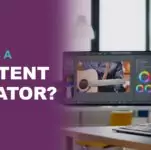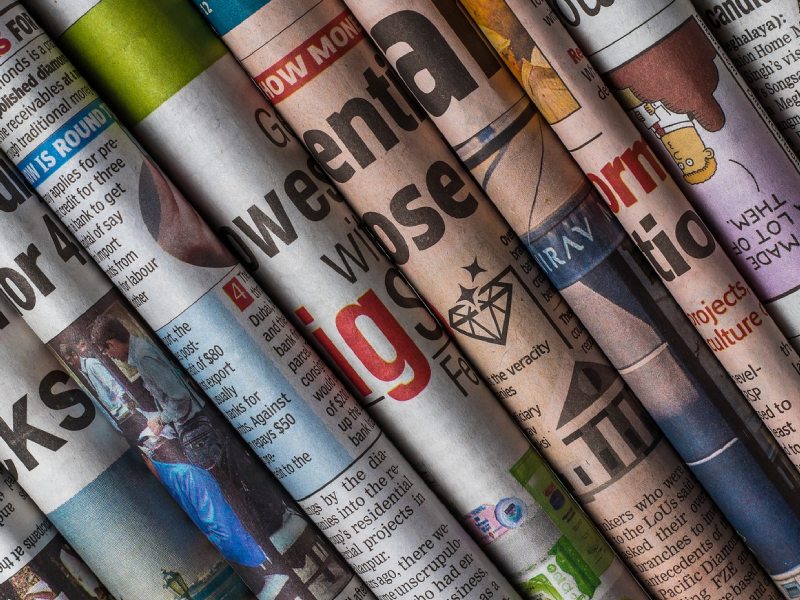Influencers (aka brand ambassadors) are increasingly becoming go-to channels of an organization’s digital, marketing, and communication strategy. Recently, both micro-influencers (smaller number of followers, but highly-engaged influencers) and celebrities descended upon the Coachella Music Festival, attended by more than 250,000 music fans, to push products, services, and experiences.
Wired shared an article about this “sponcon,” or the business of getting paid to share content, as being pandemic-like. Those who want to be sponconners can easily buy likes and followers, looking for a monthly retainer that can range from $1,000 to $20,000 with additional commissions. While companies are investing both resources and money in influencers to amplify their promotions, these efforts may be less effective if they are incorrectly identifying what makes an influencer, per the research on social influence.
In a seminal article written in 1958, Harvard psychologist Herb Kelman identified three processes of how an individual’s attitudes and behaviors are influenced by others in terms of social influence:
- compliance – person wants to receive a favorable reaction or avoid punishment from another person or group
- identification – person wants to establish or maintain a relationship with another person or group
- internalization – person finds the adoption of the attitude or behavior to be intrinsically rewarding.
These concepts have spawned much research that has made its way into the scholarly body of knowledge, but is less practiced. In 2017, Dr. Marcia DiStaso and I published a research study through the Institute for Public Relations that looked at the science of influence and what sources across different generations were most influential in decision-making in the health, financial, travel and retail industry. Across industries and across generations, close friends and family were identified as the most influential source, with word-of-mouth being the most influential channel. Celebrities were deemed to be one of the least influential sources.
So, what does this mean? Understanding the research surrounding influence is critical. Current influence research skews toward online influence, but not everyone spends time on social media or has a cadre of followers. The number of followers does not automatically make someone influential. Other factors have an impact as well.
Based on the research, here are some notable findings about influence:
1. Network analysis is a more effective and objective method for identifying influencers
In 2011, researchers at the Wharton School of University of Pennsylvania, led by Raghuram Iyengar, determined self-report surveys asking individuals to assess their own level of influence may not be as valid as other methods. So, what’s a better method? Network analysis or the ability to visually and objectively map the level of influence that individuals (or nodes) possess in the network, along with the path of connections, is a helpful way to identify influencers. If a survey is used, asking individuals to identify their sources of influence (rather than the level of their own) is a stronger method.
2. Heavy users are more likely to be influential than light users
Individuals who use a product or service extensively are more likely to be satisfied with performance, and in turn, more likely to be vocal and authentic in their communication. Additionally, they may also be earlier adopters or innovators. Studies have also found that heavy users may be more influential than even the persuasiveness of the source, possibly due to their “experience” status.
3. Not all influencers are influential
While self-report surveys and the number of followers may be frequently used to identify influence, this method may be misguided. Research has found that self-report surveys asking people to rate their influence may be a better measure of self-confidence. In fact, one study by the Wharton School research team determined some of those who self-identified as influential were not, and one of the most influential doctors in their study who influenced adoption of prescription drugs by other doctors, rated himself lower in terms of his self-perceived influence. Plus, offline word-of-mouth interactions may be more influential than online interactions.
When it goes wrong
A few years ago, one of my clients wanted our company to track an influencer campaign they had just launched. In the campaign, well-known athletes would promote a service that was not directly related to their business using a hashtag (and an overly long hashtag at that). The campaign fell flat. Very little engagement, negligent impact, and the comments accused the athletes of “selling out.” It didn’t fit the brand of either the athletes or the client. Fast forward a year later, and a different well-known company flew in a group of “influencers” to post on social media about a small dinner event they were hosting for the influencers. Same impact. Very little engagement with zero impact. The lesson is if influencers are identified because of their high number of followers and you pair them with inconsistent, irrelevant content, it won’t work.
What should be done?
Equipped with research on influence, companies should review how they or their agencies identify and measure influence to determine whether they are actually measuring what they are purporting to measure (aka validity). Knowing which influencers are truly influencers can help companies get the biggest bang for their buck. Additionally, asking influencers to promote a product they are not as familiar with or they may not use regularly may not be as effective as strong, less well-known supporters. Therefore, understanding the science of influence is critical in helping companies be smarter and save money.










